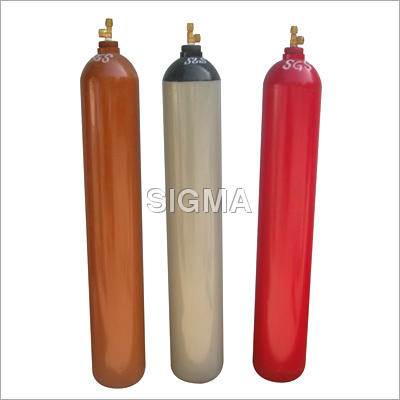

A separate method of producing LP gas through compression was developed by Frank Peterson and its patent granted on July 2, 1912. Snelling had produced relatively pure propane by 1911, and on March 25, 1913, his method of processing and producing LP gases was issued patent #1,056,845. Together, they established American Gasol Co., the first commercial marketer of propane. Peterson, Chester Kerr, and Arthur Kerr, developed ways to liquefy the LP gases during the refining of gasoline. It was during this time that Snelling, in cooperation with Frank P. On March 31, 1912, The New York Times reported on Snelling's work with liquefied gas, saying "a steel bottle will carry enough gas to light an ordinary home for three weeks". The volatility of these lighter hydrocarbons caused them to be known as "wild" because of the high vapor pressures of unrefined gasoline.

Bureau of Mines highlighted it as a volatile component in gasoline in 1910, which was the beginning of the propane industry in the United States. It was found dissolved in Pennsylvanian light crude oil by Edmund Ronalds in 1864. Propane was discovered by the French chemist Marcellin Berthelot in 1857. Propane powers buses, forklifts, taxis, outboard boat motors, and ice resurfacing machines and is used for heat and cooking in recreational vehicles and campers.
PURITY CYLINDER GASES PORTABLE
Propane gas has become a popular choice for barbecues and portable stoves because its low −42 ☌ boiling point makes it vaporise inside pressurised liquid containers (2 phases). Propane has lower volumetric energy density, but higher gravimetric energy density and burns more cleanly than gasoline and coal. The others include butane, propylene, butadiene, butylene, isobutylene, and mixtures thereof. Propane is one of a group of liquefied petroleum gases (LP gases). Discovered in 1857 by the French chemist Marcellin Berthelot, it became commercially available in the US by 1911. A by-product of natural gas processing and petroleum refining, it is commonly used as a fuel in domestic and industrial applications and in low-emissions public transportation. It is a gas at standard temperature and pressure, but compressible to a transportable liquid.

Propane ( / ˈ p r oʊ p eɪ n/) is a three- carbon alkane with the molecular formula C 3H 8. This cylinder is fitted with an overfill prevention device (OPD) valve, as evidenced by the trilobular handwheel.

The many expenses required to run an air separation plant and transport liquid nitrogen are what present such a costly per unit price to the end user.A 20 lb ( 9.1 kg) steel propane cylinder. Most often, the liquid nitrogen is evaporated back to its gaseous state for process use. Once the nitrogen has been separated, it is transported to the end user’s facility where it is stored. Fractional distillation requires multiple stages of cooling, separation and filtration to produce and store liquid nitrogen below -196☌. After a half billion dollar air separation plant has been erected, the air gases are separated using an electrically intensive and costly process called fractional distillation. Due to the abundance of nitrogen found in air, it is often more cost effective for users to generate their own supply of nitrogen, rather than purchasing it from a bulk gas supplier.īulk gas suppliers require tremendous infrastructure and expense to produce and deliver nitrogen gas to their customers. Nitrogen accounts for 78% of the air we breath, making it the most plentiful segment of all air gases. On-site nitrogen gas generation is being adopted at a rapid rate globally, particularly in the manufacturing industry where margins are thin and companies are seeking new technologies to reduce overhead costs.


 0 kommentar(er)
0 kommentar(er)
